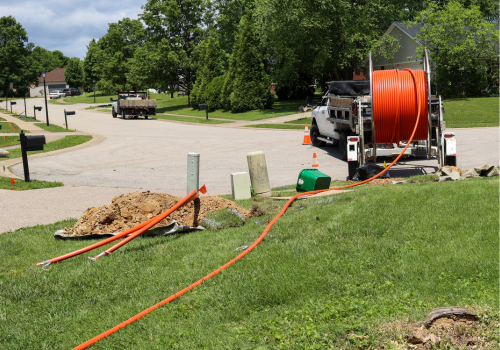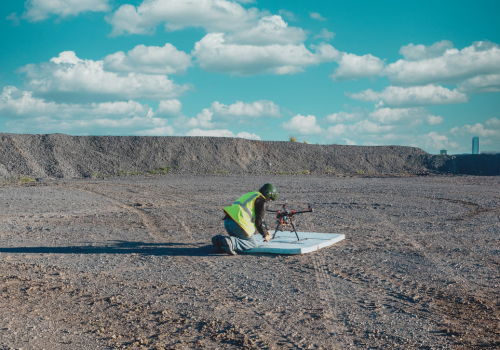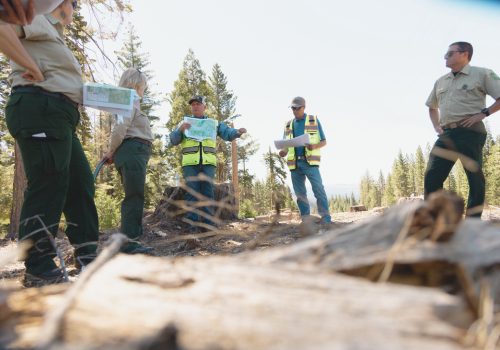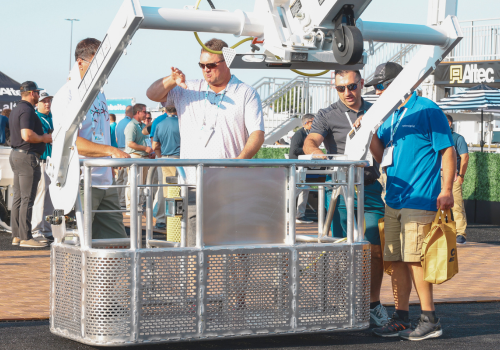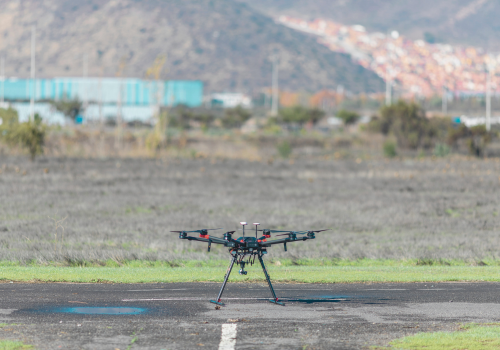Trench boxes are designed to save lives—but only when they’re used correctly. Despite improved awareness and regulations, trench-related incidents still result in serious injuries and fatalities. Missteps in trench protection remain one of the most preventable causes of death on construction sites.
We spoke with Bruce Magee, Regional Product Development Manager for Trench Safety at United Rentals, who has more than 30 years of experience in the field. He identified three major areas where contractors often go wrong when it comes to trench boxes—mistakes that also apply to shoring, sloping, and benching.
1. Human Error and Complacency: When Time and Money Cost Lives
The most common breakdown in trench safety? Human behavior.
Contractors sometimes skip protective systems altogether because a trench appears stable at first glance. But appearances can be dangerously deceptive.
"Most unsupported trench walls stay vertical for some time; none stay vertical indefinitely,” Magee warns.
That false sense of security can be deadly. Soil conditions, nearby vehicle traffic, and equipment vibration can cause unexpected collapse—even in trenches that seemed safe just minutes earlier.
Surcharge loads—excessive vertical weight from spoil piles, equipment, or nearby activity—also undermine trench stability. Despite the known risks, crews often hesitate to take the time to install trench boxes due to budget pressures or tight deadlines.
2. Improper Use of Equipment and Materials
Even when trench boxes are on site, they’re frequently misused in ways that undermine their protective purpose.
Magee outlined several examples:
- Using road plates or steel sheeting to artificially extend a box’s height, even though these materials aren’t designed for that use unless approved by a registered professional engineer (RPE).
- Misusing spreaders, which are designed to support a specific load path—not for hanging or leaning heavy objects like road plates against them.
- Moving boxes by pulling on the spreaders with an excavator, which can weaken or damage them.
- Mixing and matching components from different manufacturers, which may not be structurally compatible due to inconsistent industry standards.
- Using chains not rated for overhead lifting to hoist boxes into position.
"Chains used for load securement have a lower tensile strength than lifting chains and are never to be used for overhead lifting. Using weaker chains to lift puts workers at risk,” Magee emphasizes.
Some contractors even fabricate their own trench boxes, but those boxes must be reviewed and approved by a professional engineer before they can be used on the jobsite. Shortcutting that process is a serious violation of safety standards—and common sense.
3. Ignoring Available Resources and the Role of the Competent Person
Too often, crews skip over the manufacturer’s tabulated data for trench boxes—or fail to fully understand it. These tables detail the conditions under which trench protection systems can be safely used, including requirements based on soil type, moisture content, and the location of surcharge loads.
In addition, OSHA offers an extensive library of trenching safety resources:
- Trenching and Excavation Safety (PDF overview)
- OSHA Technical Manual (OTM), Section V: Chapter 2 — Excavations
- OSHA Standard 1926.652, which outlines specific requirements for protective systems
But knowing the rules isn’t enough—someone on site must have the authority and training to enforce them. That’s the job of the competent person.
OSHA defines a competent person as: “An individual who is capable of identifying existing and predictable hazards or working conditions that are hazardous, unsanitary, or dangerous to employees, and who has authorization to take prompt corrective measures to eliminate or control these hazards and conditions.”
That responsibility is enforceable. Under OSHA 1926.651(k)(2), if the competent person identifies a potential cave-in risk or any failure in protective systems, they must act immediately to remove workers from danger.
"Staying current requires commitment,” Magee says, “and staying current may require repeating the course periodically.”
Although OSHA doesn’t require every worker to be fully trained in trench protection, a site must have someone who is—and can demonstrate that knowledge during an inspection. Failure to do so can result in shutdowns or worse.
Final Thoughts: The Real Risks Go Beyond Collapse
Magee notes that while trench collapse fatalities are trending downward, the broader story isn’t as encouraging.
“The statistics are for trench collapse fatalities, which are down,” he says. “But fatalities from drowning, asphyxiation due to sewer gases, buckets falling off excavators onto workers, and falling loads from lifting and craning failures are up.”
Trench safety is more than just installing a box—it’s a comprehensive approach that requires training, discipline, equipment knowledge, and oversight. Mistakes in any of these areas can turn a routine job into a tragedy.
Contractors must stay vigilant, stay educated, and use every tool available to keep their crews safe in the trench.
 Want to Learn More About Trench Safety?
Want to Learn More About Trench Safety?
Explore hands-on trench safety solutions and speak with experts from United rentals and other industry-leading brands at The Utility Expo, taking place October 7–9, 2025, in Louisville, Kentucky.
See the full list of companies that will be exhibiting at The Utility Expo 2025, check out our full Exhibitor Directory.
Subscribe to The Utility Expo monthly newsletter for more underground utility industry insights delivered straight to your inbox.
Read Next
Top Trencher Advancements Every Utility Contractor Should Know
Top Causes of Utility Work Zone Fatalities and How to Prevent Them


